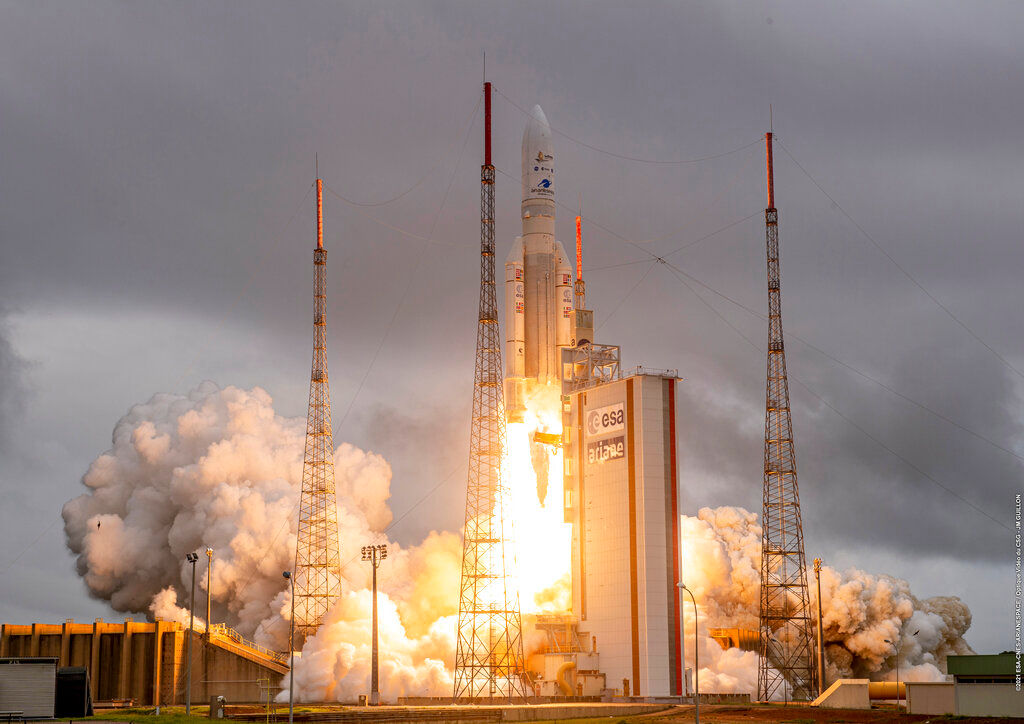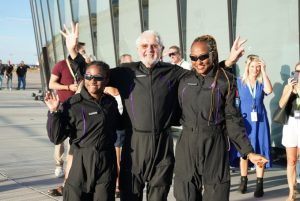The primary mirror of the James Webb Telescope (JWST) has been unfolded, bringing an end to a two-week-long series of major deployments. All of those deployments had to go off without a hitch in order for the gigantic space telescope, which had taken decades to build, to work.
Also read: Japan tycoon Yusaku Maezawa returns from space with business dreams
The JWST will capture infrared radiation from the distant Universe using two primary mirror panels on either side. Three gold-plated hexagonal mirrors make up each of them. Just one day after the leftmost wing was deployed, the rightmost wing was successfully unfurled today. The array of 18 mirrors that make up the 21-foot-wide JWST has now been completed with both sides secured into place.
Because the full-size mirror was too enormous to put on a rocket, scientists developed it in such a way that its components can fold, which has never been done before. The JWST began the perilous unfolding procedure once it reached space.
Also read: James Webb telescope launches to search the universe for life
The spacecraft overcame its most difficult challenge earlier this week: the deployment of a sunshield, which JWST uses to block radiation from the Sun and keep its sensors cool. Scientists will have to fiddle with the mirrors a little more now that JWST is in its final form, as well as continuing to calibrate its equipment to get it ready to disclose the secrets of the Universe.
The JWST will arrive at its final destination in outer space in about two weeks. Some of the first photographs from the JWST won’t be available until the summer, but they’ll most likely be worth the wait.
Also read: What will Elon Musk do with the billions of dollars after selling his Tesla shares?
The new Google Pixel 6 and Pixel 6 Pro represent a reset of the company’s smartphone goals, with fresh designs, CPUs, cameras, and capabilities. They’re among the best phones available right now.







